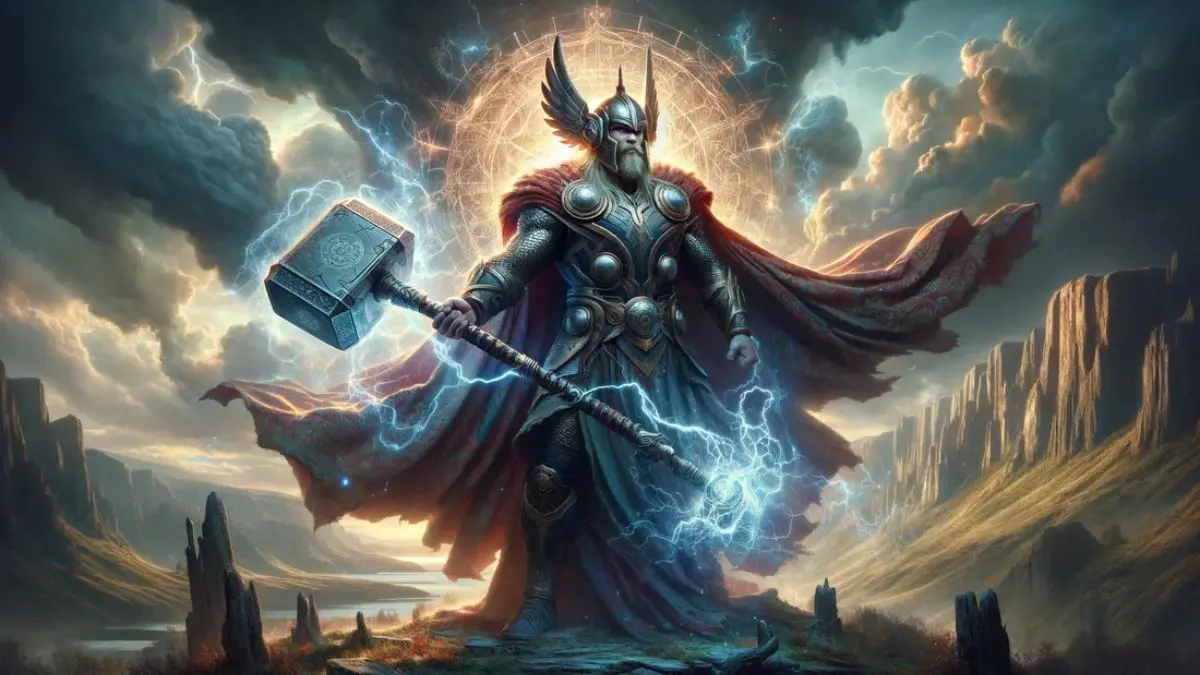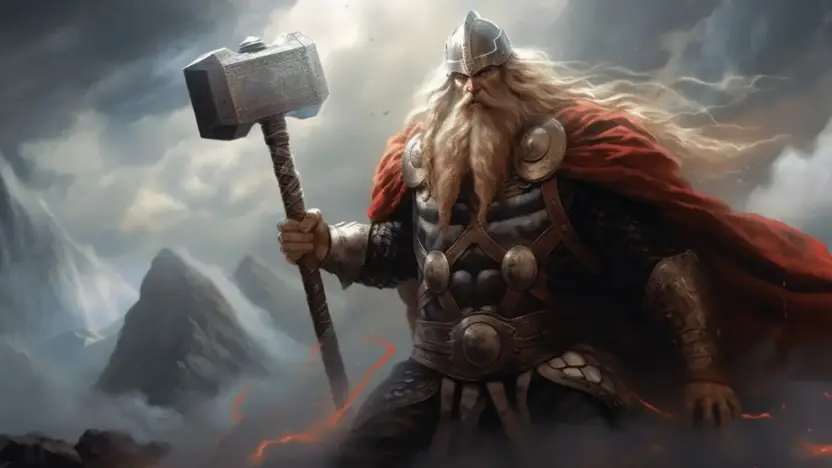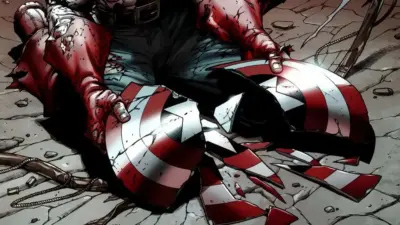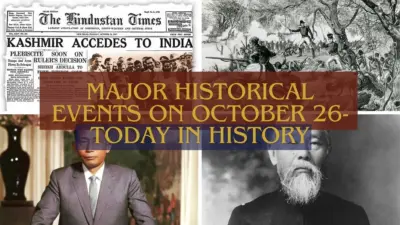Thor’s legendary hammer, Mjölnir, is one of the most iconic symbols of Norse mythology, embodying both immense power and profound symbolic meaning. Mjölnir serves not only as Thor’s weapon of choice but also as a symbol of his protection over the cosmos and humanity. This article delves into Mjölnir’s origins, powers, and role in Norse mythology, followed by a comparison with its Marvel Comics representation.
Origins of Mjölnir
In Norse mythology, Mjölnir’s creation was an accident resulting from Loki’s interference. After Loki cut off the golden hair of Thor’s wife, Sif, he promised to replace it with something even better, crafted by the dwarven brothers Sindri and Brokk. Loki, attempting to hinder their work, shapeshifted into a fly and distracted them while forging Mjölnir, causing the hammer to end up with a shorter handle than intended. Despite this flaw, the hammer’s power remained unmatched, embodying Thor’s role as the protector of gods and humanity against giants and other threats.
Mystical Properties of Mjölnir in Norse Mythology
Mjölnir’s power extends beyond its destructive force. It symbolizes Thor’s divine strength, allowing him to control thunderstorms and lightning and strike fear into his enemies. The hammer’s abilities include:
- Unyielding Power: Capable of crushing mountains and eliminating enemies with ease.
- Return to Owner: Mjölnir is enchanted to return to Thor’s hand after being thrown.
- Blessing and Consecration: It is used in Norse rituals to bless weddings, births, and sacred ceremonies, marking its significance as a symbol of both life and death.
- Fertility Symbol: Thor’s association with storms and rain linked Mjölnir to fertility, with some believing it could promote crop growth and even aid in fertility rites.

Mjölnir in Marvel Comics vs. Norse Mythology
In Marvel Comics, Mjölnir is transformed from a mystical artifact into a legendary weapon of heroism. While its core powers are similar, Marvel adds unique fictional elements that diverge from its mythological roots. Below is a comparison of Mjölnir’s attributes across both domains:
| Feature | Norse Mythology Interpretation | Marvel Comics Interpretation |
|---|---|---|
| Creation | Forged by Sindri and Brokk, with a short handle due to Loki’s sabotage | Forged from Uru metal in the heart of a dying star by Eitri |
| Material | Simple iron, forged with divine craftsmanship | Uru, a fictional Asgardian metal |
| Powers | Thunderstorm control, blessings, fertility, and resurrection of Thor’s goats | Weather manipulation, flight, and energy manipulation |
| Symbolism | Protection, life, death, cosmic order | Worthiness, heroism, and justice |
| User Eligibility | Wielded exclusively by Thor | Wielded by anyone deemed “worthy,” including heroes like Captain America |
| Role in Culture | Symbol of Norse faith and protection | Icon of heroism and justice in Marvel’s superhero universe |
Symbolic and Cultural Significance
For the Norse people, Mjölnir extended beyond mythology. Small hammer amulets worn by Vikings symbolized Thor’s protection and served as a powerful charm for warriors and civilians alike. This symbol became a testament to Norse heritage and spirituality, akin to the Christian cross, even as Norse and Christian symbols coexisted.
Today, Mjölnir’s enduring legacy in popular culture, especially through Marvel’s Thor, reflects its timeless appeal. While Marvel’s interpretation of Mjölnir has popularized Norse mythology globally, it has also introduced creative elements, keeping the essence of Thor’s power and heroism alive while adapting it to a new narrative.
Also Read: Geri and Freki: Odin’s Loyal Wolves and Their Mythological Significance



